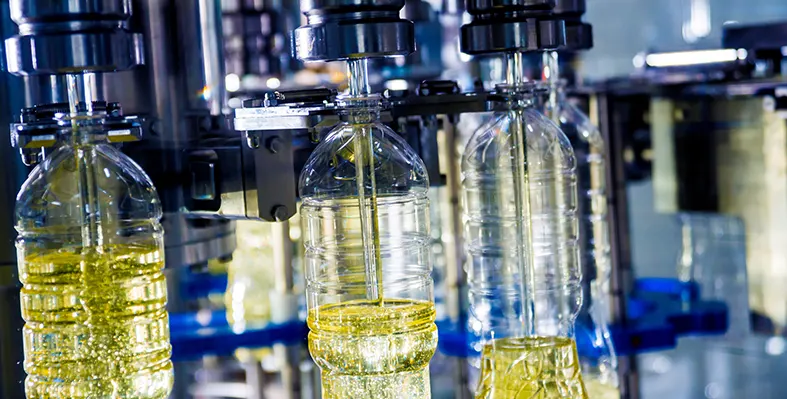
Ascenso’s VF technology has been designed precisely with many challenges in mind.(Image credit: Ascenso Tyres)
Ascenso Tyres is stepping up its presence in the agricultural and off-highway tyre market by introducing a new generation of high-performance tyres designed for modern farming demands
The company’s latest range demonstrates its commitment to innovation, durability, and soil-friendly farming practices.
A recent feature highlighted Ascenso’s investment in “VF technology” (Very High Flexion) tyres, which can either carry ~40% more load than standard radials or handle the same load at ~40% lower pressure. This innovation allows farmers to reduce soil compaction while improving traction and extending tyre lifespan key benefits for anyone managing heavy-duty agricultural operations.
The new V-range includes models such as the VDR2000 tractor tyre, VDR900/901 sprayer tyres, and VIR2500 implement tyres. Each tyre features an extra-strong casing, steel belts for enhanced strength, and an advanced tread pattern aimed at delivering better grip, reduced fuel consumption, lower ground pressure, and superior durability.
Although the full Farmers Review Africa article wasn’t accessible, it’s likely that Ascenso will showcase this advanced tyre portfolio at Agritechnica 2025, one of the world’s leading agricultural machinery trade fairs. This move highlights the brand’s ambition to enter the premium and technical segments of the agricultural tyre industry.
As agriculture becomes increasingly technology-driven, tyres are now expected to do far more than simply carry loads. They must protect soil structure, minimise compaction, offer excellent traction on and off the road, and support fuel efficiency. Ascenso’s VF technology has been designed precisely with these challenges in mind.
With 63 sizes already planned for the new V-range, Ascenso is expanding its footprint globally, aligning itself with established players and moving beyond standard, commodity-style tyres into high-performance solutions. Its presence at Agritechnica 2025 is expected to feature detailed demonstrations, load-versus-pressure charts, and application examples across tractors, sprayers, and implements.
For farmers in India and Africa, VF tyres may represent a higher initial investment, but the long-term advantages including lower inflation pressure, extended service life, and improved soil protection make them a valuable choice for sustainable farming.
Farmers and agrimech buyers are encouraged to review local dealer availability, warranty terms, and machine compatibility before purchasing, while comparing total cost of ownership with leading competitors such as Michelin and Trelleborg.








